All Posts
View Other Categories
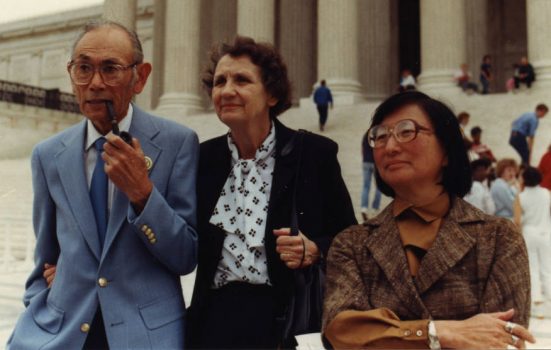
At 90 years old, Chizu Omori is still fighting for justice
Activist and filmmaker Chizu Omori has spent most of her life advocating for the rights of marginalized peoples. And at the age of 90, she shows no sign of slowing…
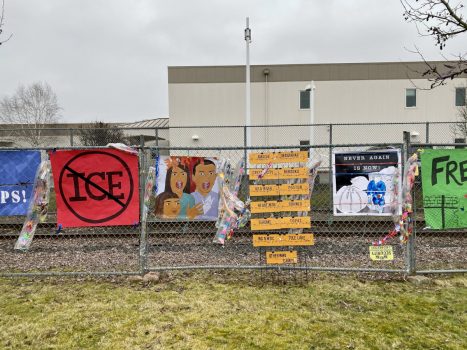
Photo Essay: Day of Remembrance Caravan from Puyallup to Northwest Detention Center
This past weekend, we joined our friends at Tsuru for Solidarity for a Day of Remembrance caravan from the Puyallup Fairgrounds to Tacoma’s Northwest Detention Center. About 60 cars bearing…

Dive into These YA Books on the Wartime Incarceration of Japanese Americans
In recent decades, many new books on the wartime experience of Japanese Americans have filled the shelves of bookstores and libraries. Of this ever-growing new crop of titles, many are…

Announcing Densho’s 2021 Artists-in-Residence
We are thrilled to introduce you to Lauren Iida and Molly Murakami, the talented artists who will be joining Densho for our third annual artist residency program. Both Lauren and…

Join Densho for a Week of Action and Remembrance
This year we mark the anniversary of Executive Order 9066 with a full week of action and remembrance. Join us each day between February 14th and 21st as we dig…
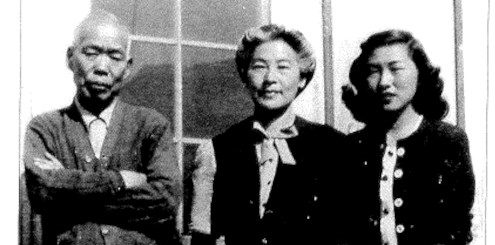
Meet the Sansei Researcher Exploring the Intergenerational Impacts of Japanese American Incarceration
Once a taboo topic, the impacts of WWII incarceration on Japanese Americans who lived through it are well-documented and widely acknowledged today. Donna K. Nagata, a psychology professor at the…
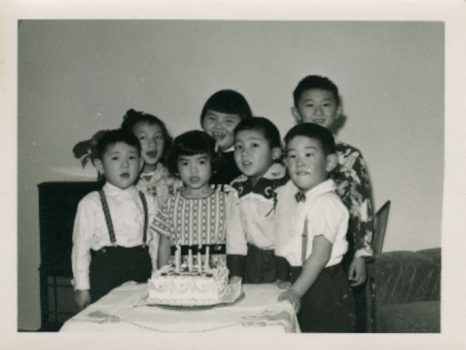
Nisei Notables Who Would Have Turned 100 in 2021
1921 likely marked the peak year of Nisei births in the continental US. So with the arrival of 2021, there are a whole host of Nisei artists, activists, performers, civil…
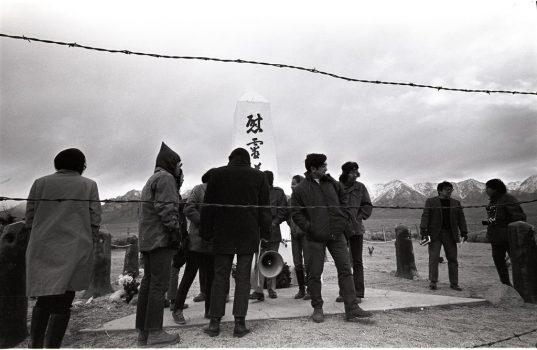
Photo Essay: The First Manzanar Pilgrimage
On December 27, 1969, an intergenerational group of Issei, Nisei, Sansei, and a few Yonsei made the 220-mile trek from Los Angeles to Manzanar. It was the first organized pilgrimage…

Someone Tell Rep. Clay Higgins that Being Mad about the Election Results Is Not the Same Thing as Being in a Concentration Camp
Last week, Louisiana congressman Clay Higgins upped the ante on GOP claims that the recent presidential election was “stolen” by voter fraud, going so far as to compare it to…
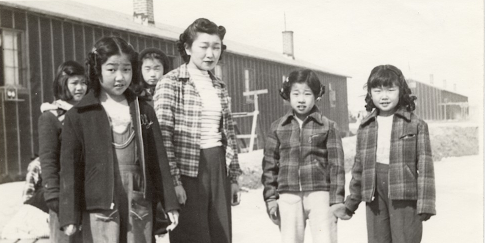
Photo Essay: Yoshio Okumoto’s Views of Life in Heart Mountain
Many of the “iconic” photos of Japanese American incarceration that we are most familiar with today were taken by white photographers who worked as outsiders looking in. But, as the…
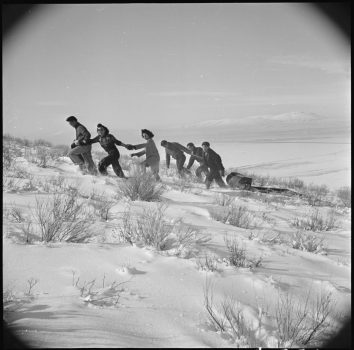
Winter Events Calendar
Looking for ways to stay cozy and connected as the weather gets colder? Here’s a list of upcoming digital events offered by Densho and other community partners this winter. We’ll…
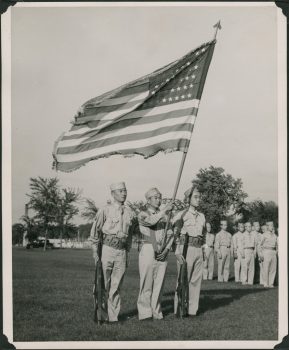
Photo Essay: Japanese American Military Service during WWII
Despite facing extreme race-based scrutiny and suspicion, Japanese Americans served in the U.S. military during WWII in disproportionate numbers—even as many of their families were stuck in government-run concentration camps….
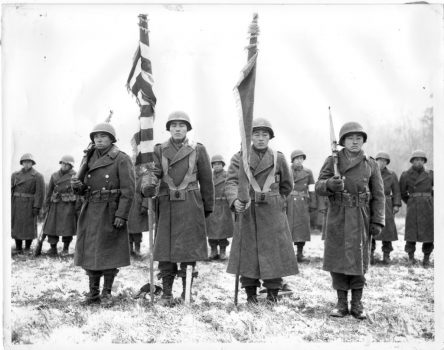
How We Remember the Rescue of the Lost Battalion
The rescue of the “Lost Battalion” holds a near-mythical place in Japanese American history. Over the years, dozens (if not hundreds) of films, novels, memoirs, history texts, exhibitions, and even…
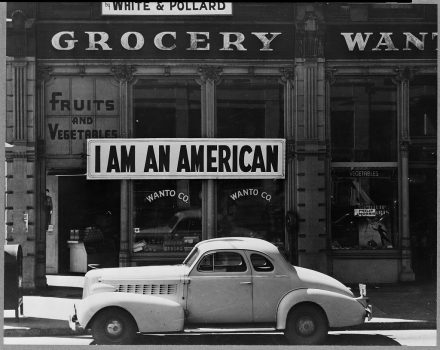
This Election Day, Asian Americans must refuse assimilation and loudly dream of a world that serves us all
Guest post by Miya Sommers On December 8, 1941, the day after Pearl Harbor, Tatsuro Matsuda commissioned and installed the famous “I AM AN AMERICAN” sign on his family business…

The Final “Confusing, Cumbersome” Days in Minidoka Concentration Camp
Historical accounts of Japanese American incarceration often pay far more attention to the beginning than the end. But the scenes of camp officials hustling bewildered inmates onto trains in late…
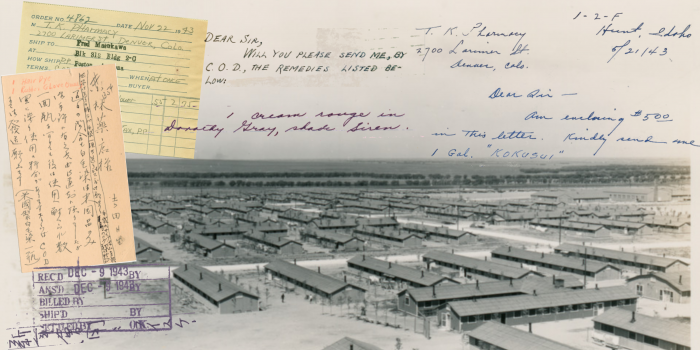
T. K. Pharmacy Was a Lifeline for Incarcerated Japanese Americans during WWII
T. K. Pharmacy was one of few Japanese American businesses that remained open during World War II. Operating out of Denver—outside the so-called “exclusion zone”—it offered a lifeline to Japanese…

Join us: Densho Dinner @ Home on October 24
Our history shows that in moments of turmoil, our connections to one another matter more than ever. While we can’t come together in person, we can still be in community with each other to collectively remember our past and affirm our commitment to action. Join Densho for an inspiring evening of community, remembrance and solidarity. Together we can transform this challenging time into a moment for powerful social change. Join us for a one-of-a-kind virtual event on Saturday, October 24th.

Densho Dinner @ Home: Sushi, Sake, and Cocktails
The Densho Dinner @ Home experience wouldn’t be complete without sushi and sake! Our friends in the Seattle area can now order sushi kits from area restaurants — Sushi Kashiba, Ten Sushi, and I Love Sushi — that you can enjoy at home while watching the Densho Dinner on October 24th. Try pairing your sushi with sake recommendations from the Sake School of America.
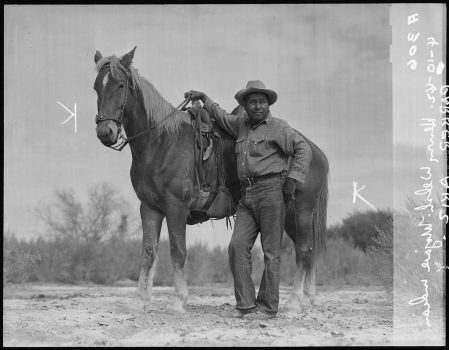
Japanese American Incarceration on Indigenous Lands
Japanese American incarceration, like all of American history, took place on occupied Indigenous land. These threads of displacement, confinement and forced assimilation are rooted in a much larger history of…
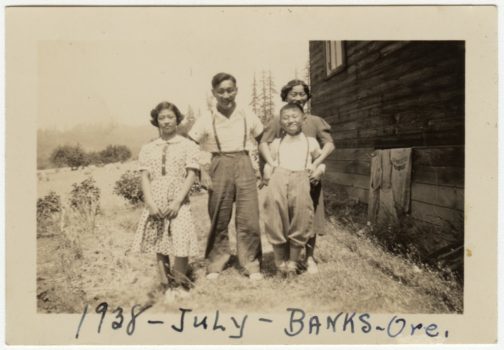
Photo Essay: Japanese American History Through the Eyes of Everyday Families
Personal collections are a critical component of Densho’s archives. These collections, donated by families and individuals, provide amazing insights into Japanese American history that might otherwise be forgotten, while allowing…
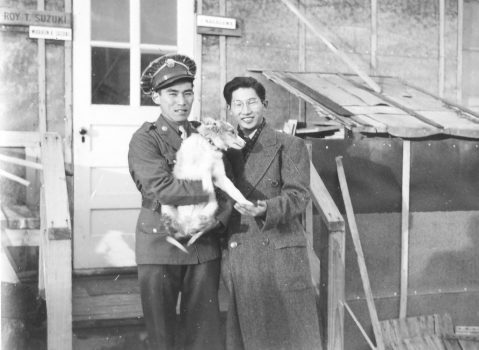
Pets in Camp: Dogs, Cats, Canaries, and “Even a Badger”
It is one of the most poignant—and often told—stories of the WWII roundup and incarceration of Japanese Americans: the wrenching decision that had to be made about a beloved pet…
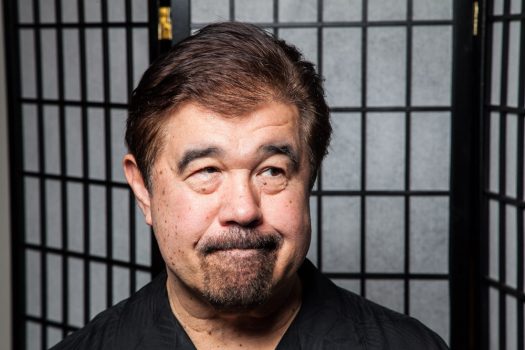
In Memoriam: A Tribute to Lane Ryo Hirabayashi
Lane Ryo Hirabayashi was an innovator in the field of Asian American Studies, a historian and storyteller who dedicated his life to deepening public knowledge of Japanese American WWII incarceration,…

Commemorating Redress in the Archives
On this anniversary of the signing of the Civil Liberties Act of 1988 we’re highlighting some recent additions to Densho’s archives that focus on the Redress Movement. Along with our…
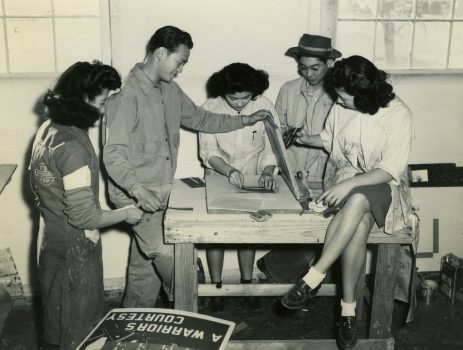
Photo Essay: The Amache Silk Screen Shop
The Amache concentration camp in southeastern Colorado was, in many ways, similar to other War Relocation Authority camps where Japanese Americans were incarcerated during World War II: rural and rugged,…
